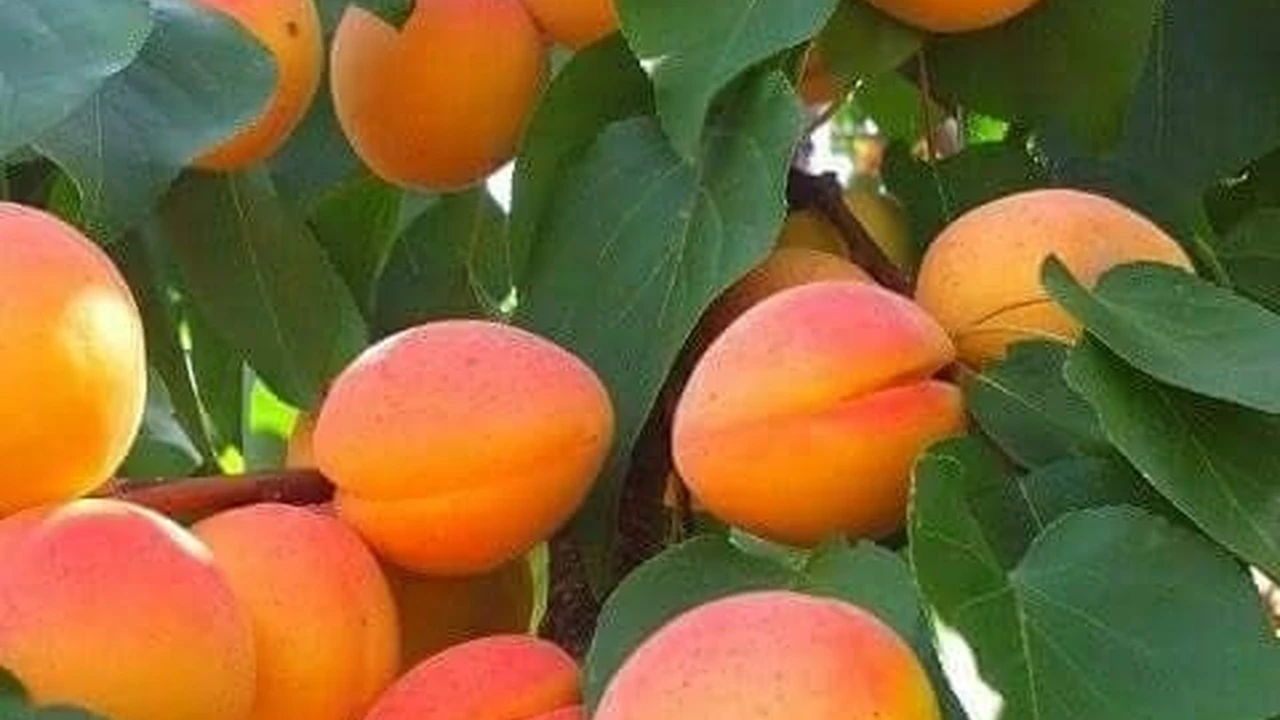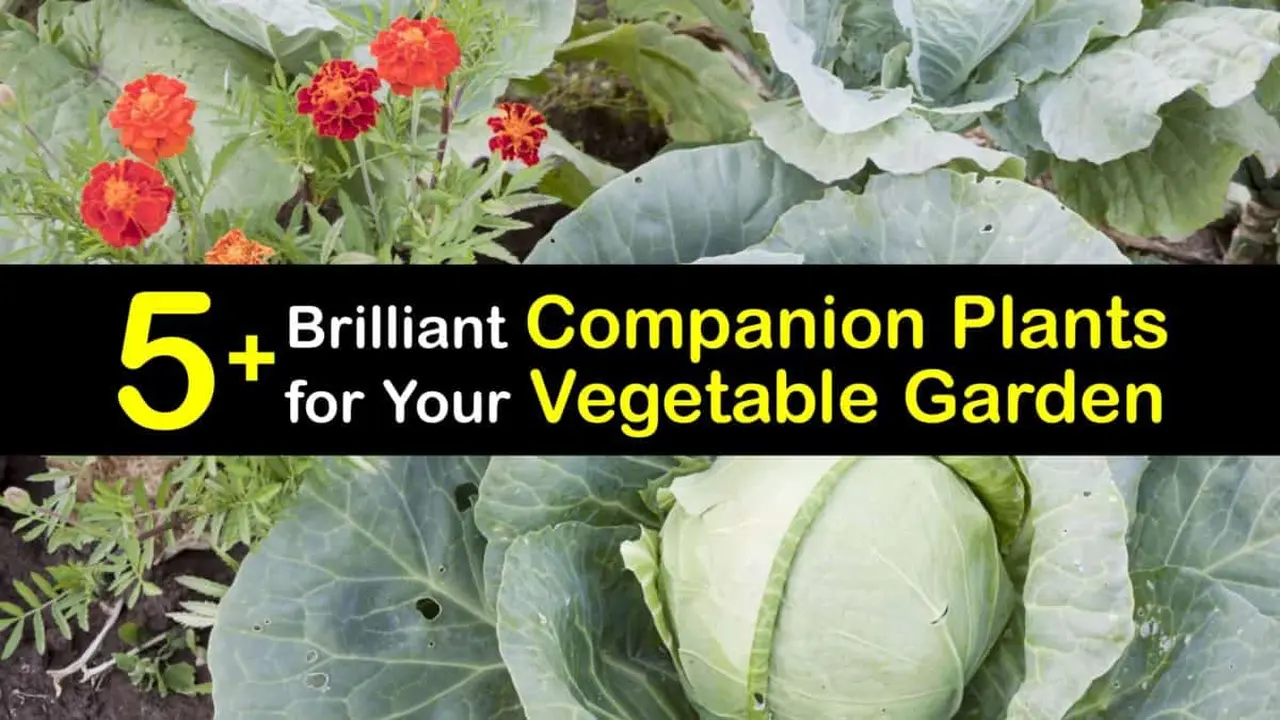Community Gardening Benefits and How to Join
Explore the benefits of community gardening and learn how to get involved. Share the joy of growing with others.

Community Gardening Benefits and How to Join
Hey there, fellow green thumbs and aspiring gardeners! Ever thought about joining a community garden? It's more than just a plot of land; it's a vibrant hub where people come together to grow food, share knowledge, and build stronger communities. If you're curious about how these shared spaces work, what amazing perks they offer, and how you can get your hands dirty, you've come to the right place. Let's dig in!
What is Community Gardening Understanding Shared Green Spaces
So, what exactly is a community garden? Simply put, it's a piece of land gardened collectively by a group of people. These spaces can vary wildly in size and setup. Some are large plots divided into smaller individual sections that members rent or are assigned. Others are entirely communal, with everyone working together on shared crops. You might find them in urban areas, tucked away in parks, or even on unused land in residential neighborhoods. The core idea is collaboration and shared responsibility for a common green space.
Think of it as a neighborhood backyard, but for growing food and flowers. It's a fantastic way to access gardening space if you don't have your own yard, or if your yard is too small or shady. Plus, it's a brilliant solution for urban dwellers who crave a connection to nature and fresh produce.
The Abundant Benefits of Community Gardening Cultivating More Than Just Plants
The advantages of community gardening stretch far beyond just harvesting fresh veggies. There's a whole bushel of benefits waiting for you!
Health and Wellness Physical Activity and Mental Well-being
First off, let's talk about health. Gardening is a fantastic form of exercise. All that digging, planting, weeding, and watering gets your body moving. It's a low-impact way to stay active, improve flexibility, and even strengthen muscles. Plus, being outdoors in the sunshine means you're soaking up some much-needed Vitamin D, which is great for bone health and mood.
Beyond the physical, community gardening is a huge boost for mental well-being. Spending time in nature has been proven to reduce stress, anxiety, and even symptoms of depression. The rhythmic nature of gardening can be incredibly meditative, offering a peaceful escape from daily pressures. And there's a deep sense of satisfaction that comes from nurturing a plant from seed to harvest. It's incredibly rewarding and can significantly improve your mood and overall outlook.
Community Building Fostering Connections and Social Interaction
This is where 'community' in community gardening really shines. These gardens are natural gathering places. You'll meet people from all walks of life – different ages, backgrounds, and experiences – all united by a love for gardening. You'll share tips, swap stories, and maybe even trade some of your bumper crop of tomatoes for your neighbor's amazing zucchini. It's a fantastic way to make new friends, build a support network, and feel more connected to your neighborhood. This social interaction can combat loneliness and create a strong sense of belonging.
Food Security and Access Growing Your Own Fresh Produce
Imagine having access to fresh, organic produce right in your neighborhood! Community gardens empower individuals and families to grow their own food, which can significantly improve food security, especially in areas with limited access to healthy options. You know exactly where your food comes from, how it was grown, and you can pick it at its peak freshness. This often means tastier, more nutritious food than what you might find at the grocery store. Plus, it can save you a pretty penny on your grocery bill!
Environmental Education and Sustainability Learning Green Practices
Community gardens are living classrooms. You'll learn so much about sustainable gardening practices, like composting, water conservation, natural pest control, and companion planting. Experienced gardeners are often happy to share their knowledge, and you'll pick up practical skills that you can apply in other areas of your life. These gardens also contribute to local biodiversity, provide habitats for pollinators, and help reduce urban heat island effects. It's a win-win for you and the planet.
Skill Development and Knowledge Sharing Becoming a Better Gardener
Whether you're a complete novice or have some experience, a community garden is an incredible place to hone your gardening skills. You'll learn by doing, by observing others, and by asking questions. From understanding soil types to identifying plant diseases, you'll gain practical knowledge that will serve you well for years to come. Plus, the collective wisdom of the group means you'll have a wealth of advice at your fingertips whenever you encounter a gardening challenge.
How to Join a Community Garden Finding Your Plot and Getting Started
Ready to get started? Joining a community garden is usually a straightforward process, but it can vary depending on your location.
Step 1 Research Local Community Gardens Finding Gardens Near You
The first step is to find out if there are any community gardens in your area. A quick online search is a great starting point. Try terms like "community gardens near me," "[your city/town] community garden," or "urban gardening [your city/town]." Many cities have dedicated websites or non-profit organizations that manage community garden programs. Local parks and recreation departments are also good resources. Don't forget to check local community centers, libraries, or even bulletin boards at coffee shops – sometimes the best leads are found offline!
Step 2 Contact the Garden Coordinator or Organization Inquiring About Availability
Once you've found a garden (or a few!), reach out to the garden coordinator or the organization that manages it. Their contact information should be available on their website or through your initial search. Ask about plot availability, membership fees (if any), and any waiting lists. Many popular gardens have waiting lists, so it's good to get your name down early.
Step 3 Understand the Rules and Responsibilities Garden Guidelines and Expectations
Every community garden has its own set of rules and expectations. These are usually in place to ensure fairness, maintain the garden, and promote a harmonious environment. Common rules might include:
- Membership Fees: A small annual fee is common to cover water, tools, and general maintenance.
- Work Hours: Some gardens require a certain number of volunteer hours per season for communal tasks like weeding paths or maintaining shared tools.
- Organic Practices: Many community gardens are organic, meaning no synthetic pesticides or fertilizers are allowed.
- Plot Maintenance: You'll be responsible for keeping your own plot weed-free and tidy.
- Watering Schedules: Guidelines on when and how to water to conserve resources.
- Tool Sharing: How shared tools are managed and returned.
Make sure you understand and are comfortable with these rules before committing. They're there to make sure everyone has a positive experience.
Step 4 Attend an Orientation or Meeting Getting to Know Your Garden
Many gardens offer an orientation session for new members. This is a fantastic opportunity to meet other gardeners, learn the layout of the garden, understand the watering system, and get answers to any questions you might have. If there isn't a formal orientation, try to visit the garden during a time when other gardeners are present. Introduce yourself and start building those connections!
Step 5 Prepare Your Plot and Start Planting Essential Supplies and Initial Steps
Once you've secured your plot, it's time to get ready for planting! You'll likely need some basic gardening supplies. Here's a quick rundown of what you might want to consider, along with some product recommendations and price ranges:
Essential Tools for Your Community Garden Plot
You don't need to break the bank to get started, but a few good quality tools will make your life much easier.
-
Hand Trowel: Your go-to for planting small plants, digging holes, and transplanting. Look for a sturdy one with a comfortable grip.
- Recommended Product: Fiskars Ergo Trowel
- Use Case: Planting seedlings, digging small holes for bulbs.
- Comparison: Better grip and durability than cheaper plastic options.
- Price Range: $10 - $20 USD
-
Hand Cultivator/Weeder: Perfect for breaking up soil, aerating, and removing weeds.
- Recommended Product: CobraHead Original Weeder and Cultivator
- Use Case: Loosening compacted soil, removing stubborn weeds with deep roots.
- Comparison: Unique design makes it very effective for weeding compared to standard cultivators.
- Price Range: $25 - $35 USD
-
Gardening Gloves: Protect your hands from thorns, dirt, and blisters. Look for breathable, durable options.
- Recommended Product: Atlas Nitrile Touch Gloves
- Use Case: General gardening tasks, protecting hands while still allowing dexterity.
- Comparison: Excellent grip and breathability compared to thick leather gloves, more durable than thin cotton.
- Price Range: $5 - $15 USD (for a multi-pack)
-
Pruning Shears/Hand Pruners: Essential for trimming plants, harvesting, and deadheading.
- Recommended Product: Felco F-2 Classic Pruner
- Use Case: Cutting stems, harvesting vegetables, deadheading flowers.
- Comparison: Industry standard for durability and clean cuts, superior to many cheaper brands that can crush stems.
- Price Range: $60 - $80 USD (a higher investment, but they last a lifetime)
-
Watering Can or Hose Nozzle: For precise watering, especially for seedlings.
- Recommended Product: Dramm 17006 One Touch Rain Wand (for hose attachment) or Behrens 2-Gallon Steel Watering Can
- Use Case: Gentle watering of delicate plants (wand), or watering individual containers/small plots (can).
- Comparison: The Rain Wand provides a very gentle, wide spray, better for plants than a harsh jet. Steel cans are more durable than plastic.
- Price Range: Wand: $30 - $40 USD; Can: $20 - $30 USD
Soil Amendments and Plant Starts
Your plot might need some love before planting. Most community gardens have decent soil, but adding some organic matter is always a good idea.
-
Compost or Organic Matter: Improves soil structure, drainage, and nutrient content.
- Recommended Product: Local municipal compost or a reputable bagged organic compost like 'Black Kow Composted Cow Manure'.
- Use Case: Mixing into your plot before planting, top-dressing established plants.
- Comparison: Local compost is often the most sustainable and cost-effective. Bagged options offer convenience and consistent quality.
- Price Range: $5 - $15 USD per bag (1 cubic foot)
-
Seeds or Seedlings: Decide what you want to grow! For beginners, starting with seedlings (small plants) can be easier than seeds.
- Recommended Product: Seeds from Baker Creek Heirloom Seeds or Johnny's Selected Seeds; seedlings from your local nursery or garden center.
- Use Case: Planting your chosen vegetables, herbs, or flowers.
- Comparison: Heirloom seeds offer unique varieties; Johnny's is known for reliability. Local nurseries provide plants adapted to your climate.
- Price Range: Seeds: $3 - $5 USD per packet; Seedlings: $3 - $8 USD per plant/six-pack
Remember, many community gardens have shared tools, so you might not need to buy everything right away. Check with your garden coordinator about what's available.
Common Challenges and How to Overcome Them Navigating Community Garden Life
While community gardening is mostly sunshine and roses (and tomatoes!), there can be a few bumps in the road. But don't worry, they're usually easy to navigate.
Pest and Disease Management Shared Solutions and Prevention
Pests and diseases can spread quickly in a shared space. The key here is communication and proactive measures. If you notice an issue on your plot, talk to your fellow gardeners or the coordinator. They might have experienced it before and can offer advice. Many gardens encourage organic pest control methods to protect everyone's crops. Think neem oil, insecticidal soap, or introducing beneficial insects. Regular monitoring of your plants is your best defense.
Watering Schedules and Resource Sharing Ensuring Fair Access
Water is a precious resource, especially in a community garden. Understand the garden's watering system and any designated watering times. Be mindful of your water usage and avoid overwatering, which can lead to runoff and waste. If there are shared hoses or watering cans, always return them to their designated spot after use. Communication is key if you notice any issues with water access or usage.
Weed Control and Plot Maintenance Keeping Your Space Tidy
Weeds are the bane of every gardener's existence, and in a community garden, they can quickly spread from one plot to another. Staying on top of weeding your own plot is crucial. Regular, light weeding is much easier than tackling an overgrown jungle. If you're going on vacation, ask a fellow gardener if they can keep an eye on your plot, or make sure it's thoroughly weeded before you leave. A tidy plot benefits everyone.
Conflict Resolution and Communication Building a Harmonious Environment
Just like any community, sometimes minor disagreements can arise. Maybe someone accidentally waters your plot too much, or a tool isn't returned. The best approach is open, respectful communication. If you have an issue, address it calmly and directly with the person involved. If you can't resolve it, the garden coordinator is usually there to mediate. Remember, everyone is there for the same reason: to enjoy gardening. A little understanding goes a long way.
Beyond the Plot Expanding Your Community Garden Experience
Your community garden journey doesn't have to stop at your individual plot. There are many ways to deepen your involvement and enhance the garden for everyone.
Volunteering for Shared Tasks Contributing to the Collective Good
Most community gardens rely on volunteers for shared tasks like maintaining common areas, repairing fences, or organizing events. Lending a hand not only helps the garden thrive but also gives you more opportunities to connect with other members and learn new skills. It's a great way to give back to the community that provides you with so much.
Participating in Workshops and Events Learning and Socializing
Many community gardens host workshops on various gardening topics – from composting to seed saving to pest identification. These are fantastic learning opportunities and a chance to socialize with fellow gardeners. Keep an eye on the garden's bulletin board or email list for upcoming events.
Sharing Your Harvest and Knowledge Building a Culture of Abundance
One of the most beautiful aspects of community gardening is the sharing. If you have an abundance of a particular crop, offer it to your fellow gardeners. Share your successes, your failures, and your tips. This creates a culture of generosity and mutual support that makes the garden truly special.
So, there you have it! Community gardening is an incredibly rewarding experience that offers a wealth of benefits, from fresh food and physical activity to new friendships and a deeper connection to nature. It's a fantastic way to grow not just plants, but also your community. Happy gardening!
:max_bytes(150000):strip_icc()/277019-baked-pork-chops-with-cream-of-mushroom-soup-DDMFS-beauty-4x3-BG-7505-5762b731cf30447d9cbbbbbf387beafa.jpg)





